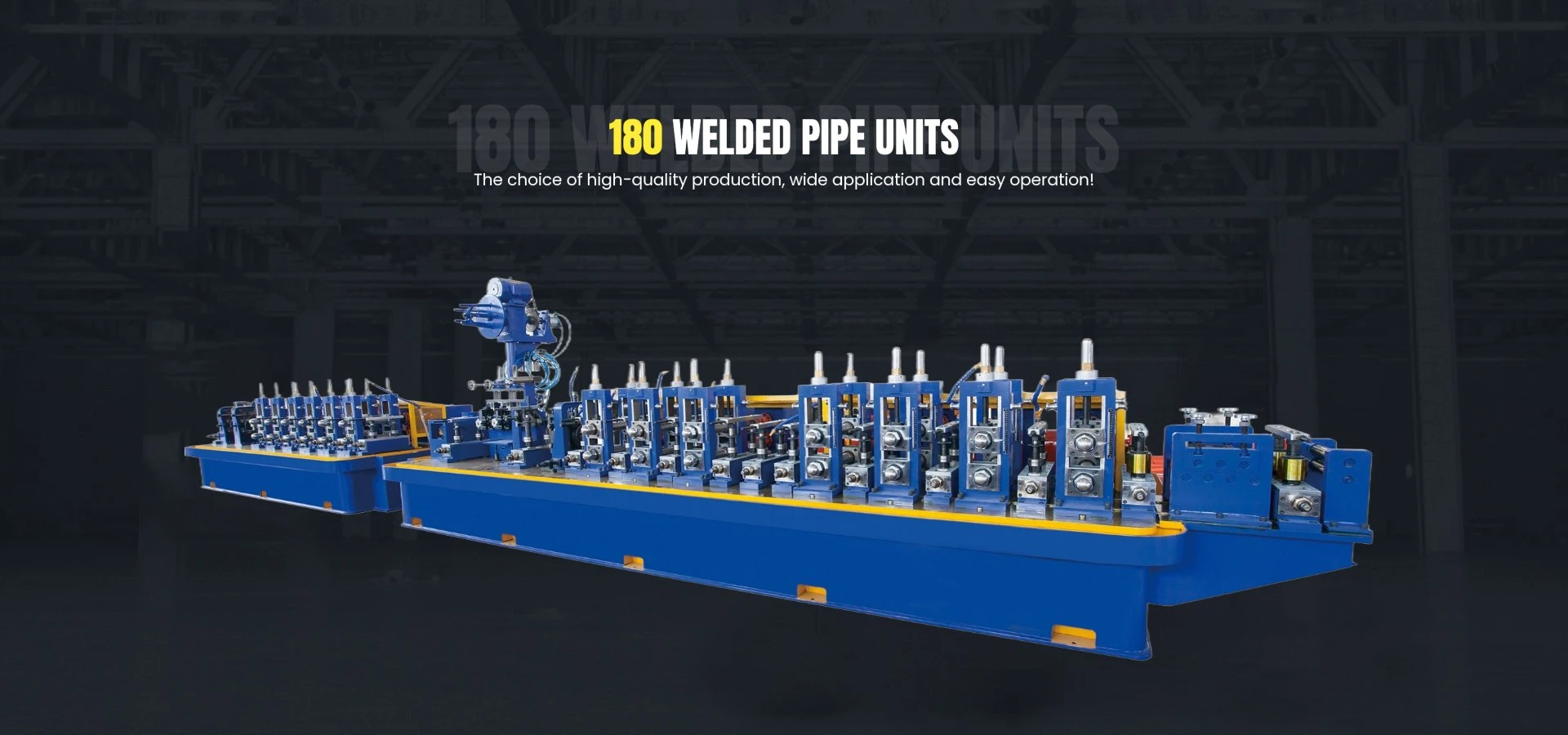hdpe extrusion line
Understanding HDPE Extrusion Lines An Overview
High-Density Polyethylene (HDPE) has gained significant attention in various industries due to its excellent physical and chemical properties, making it an ideal choice for a wide range of applications, from packaging materials to construction products. Central to the production of HDPE products is the HDPE extrusion line, a critical piece of machinery that facilitates the transformation of plastic resin into usable forms. This article will explore the components, processes, and advantages of HDPE extrusion lines.
What is HDPE Extrusion?
Extrusion is a manufacturing process that involves forcing melted plastic through a shaped die to create continuous lengths of material, such as sheets, films, pipes, and profiles. HDPE extrusion specifically utilizes high-density polyethylene as the feedstock, which is melted and shaped into various forms according to the needs of different industries.
Key Components of an HDPE Extrusion Line
An HDPE extrusion line consists of several critical components, each serving a specific function in the extrusion process
1. Hopper The first step in the process involves feeding solid HDPE pellets into a hopper, where they are held before being conveyed into the extruder.
2. Extruder The heart of the extrusion line is the extruder, which comprises a heated barrel and a rotating screw. The screw’s motion conveys the HDPE pellets along the barrel, where they are subjected to heat and pressure, causing them to melt and become pliable.
3. Die After the HDPE is effectively melted, it is forced through a die, which shapes the material into the desired profile. The design of the die is crucial as it determines the final dimensions and characteristics of the extruded product.
4. Cooling System Once the HDPE exits the die, it needs to be cooled quickly to maintain its shape. This is often achieved using water baths, air cooling, or other methods that stabilize the product.
hdpe extrusion line

5. Cutting System After cooling, the continuous extruded HDPE can be cut into manageable lengths or specific shapes, depending on the final application.
6. Control System Modern HDPE extrusion lines are equipped with advanced control systems that monitor and adjust parameters such as temperature, pressure, and feed rate to ensure product quality and consistency.
The HDPE Extrusion Process
The extrusion process begins with the loading of HDPE pellets into the hopper. The extruder’s screw rotates, pushing the pellets toward the heated section, where they gradually melt. The temperature must be carefully controlled to ensure that the HDPE reaches the right viscosity without degrading. Once melted, the material is forced through the die, taking on its final shape as it is extruded.
After exiting the die, the hot HDPE products move through a cooling system to set their shape solidly. At this point, any excess material can be trimmed away, and the products can be cut to specified lengths. Finally, the finished products are ready for packaging and distribution.
Advantages of HDPE Extrusion Lines
Using HDPE for extrusion offers numerous advantages, including
- Durability HDPE is known for its toughness and resistance to impact, making it suitable for various demanding applications. - Chemical Resistance HDPE does not break down easily when exposed to chemicals, making it ideal for containers and pipes that handle various substances. - Flexibility in Design The extrusion process allows manufacturers to create complex shapes and sizes, giving them the freedom to innovate and meet specific market needs. - Cost-Effectiveness HDPE is often more economical than other materials due to its lightweight nature and lower production costs, which can reduce shipping and handling fees.
Conclusion
The HDPE extrusion line is a vital technology in the manufacture of a wide array of products across various sectors. By understanding its components and the extrusion process, manufacturers can enhance their productivity and ensure they meet the increasing demand for high-quality HDPE products. As industries continue to evolve, the role of HDPE extrusion lines will undoubtedly become even more significant, paving the way for advancements in material science and manufacturing processes.
-
High Frequency Straight Seam Welded Pipe Production Line-BzZhou Xinghua Machinery Equipment Manufacturing Co., LTD.|Precision Welding, High EfficiencyNewsJul.30,2025
-
High Frequency Straight Seam Welded Pipe Production Line|BzZhou Xinghua|Precision Welding&EfficiencyNewsJul.30,2025
-
High Frequency Straight Seam Welded Pipe Production Line - BzZhou Xinghua|Precision Engineering&EfficiencyNewsJul.30,2025
-
High-Frequency Straight Seam Welded Pipe Production Line-BzZhou Xinghua Machinery Equipment Manufacturing Co., LTD.NewsJul.30,2025
-
High-Frequency Straight Seam Welded Pipe Production Line-BzZhou Xinghua Machinery Equipment Manufacturing Co., LTD.|Precision Manufacturing, High EfficiencyNewsJul.30,2025
-
High Frequency Straight Seam Welded Pipe Production Line-BzZhou Xinghua Machinery Equipment Manufacturing Co., LTD.|Precision Steel Pipe Manufacturing&Industrial EfficiencyNewsJul.29,2025


